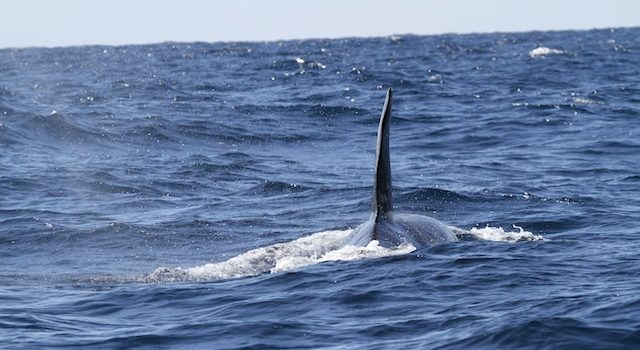
In the face of the escalating climate crisis, scientists and researchers are diligently exploring innovative solutions to combat the rising levels of carbon dioxide (CO2) in our atmosphere. Among the emerging technologies, marine carbon dioxide removal (CDR) is gaining traction as a potentially game-changing approach. With its focus on harnessing the power of our oceans, marine CDR offers a glimmer of hope for a sustainable future. Let’s delve into the science behind marine CDR and its potential impact on our planet.
At its core, marine CDR involves the removal of CO2 from the atmosphere and its subsequent storage in the ocean. This process is driven by the natural ability of the ocean to absorb and store carbon. The world’s oceans act as a vast carbon sink, absorbing approximately one-fourth of the CO2 emitted by human activities. However, as CO2 levels continue to rise, the ocean’s capacity to absorb carbon is being pushed to its limits, resulting in detrimental effects such as ocean acidification.
Researchers are exploring various techniques to enhance the ocean’s carbon sequestration potential. One promising avenue of investigation involves the cultivation of marine plants, such as seaweed and kelp, which have a remarkable capacity to absorb CO2 during photosynthesis. These plants, known as “blue carbon” ecosystems, not only remove carbon from the atmosphere but also offer additional benefits such as coastal protection and habitat for marine biodiversity.
The science of marine CDR also encompasses the development of artificial structures, such as floating platforms or submerged modules, designed to facilitate the growth of carbon-absorbing organisms. These structures create favorable conditions for the proliferation of marine plants, amplifying their carbon uptake capacity. By strategically deploying these structures on a large scale, scientists aim to optimize the ocean’s natural carbon removal process.
Another innovative approach involves the utilization of marine organisms, particularly microscopic phytoplankton, which play a crucial role in carbon cycling. Phytoplankton perform photosynthesis, absorbing CO2 and releasing oxygen. Some species of phytoplankton have the ability to sink to the ocean floor after their life cycle, effectively sequestering carbon in deep-sea sediments. Researchers are studying ways to enhance this natural carbon storage mechanism, potentially harnessing it for large-scale marine CDR.
While marine CDR holds immense promise, it is essential to consider the potential environmental impacts and ethical considerations associated with its implementation. Careful monitoring and assessment of the ecological consequences are necessary to avoid unintended harm to marine ecosystems. Additionally, collaboration among scientists, policymakers, and stakeholders is vital to ensure the sustainable and responsible deployment of marine CDR technologies.
The future of our planet depends on sustainable practices and a collective commitment to combating climate change. Marine CDR, with its focus on leveraging the ocean’s natural capabilities, offers a compelling solution. However, it is crucial to view marine CDR as part of a comprehensive approach to address the climate crisis. Emissions reduction, transitioning to renewable energy sources, and adopting sustainable practices across various sectors must go hand in hand with marine CDR efforts.
In conclusion, the science of marine carbon dioxide removal presents a significant opportunity to mitigate the impacts of climate change and safeguard our planet’s future. By harnessing the power of the oceans, we can unlock the potential of carbon sequestration and contribute to the restoration and preservation of marine ecosystems. However, the successful implementation of marine CDR requires careful consideration, collaboration, and ongoing research to ensure long-term sustainability and environmental stewardship. The science of sustainability offers a glimmer of hope as we strive for a more resilient and harmonious future for our planet.










